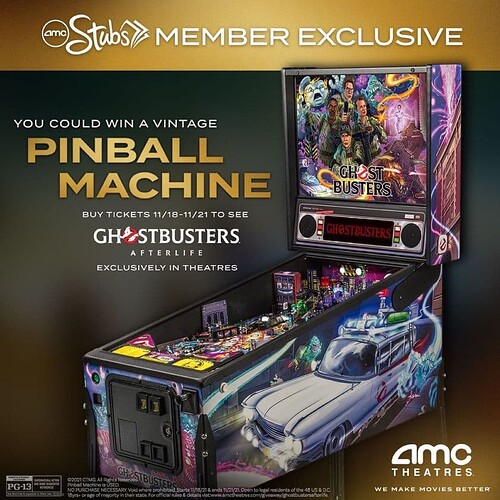In the case of the music themes for the modern age, Imagine Dragons, Bruno Mars, and Taylor Swift have been topping charts for over a decade by this point, so I would say they would be firmly safe bets. They’re definitely not obscure. (One could argue Eminem has been hitting the charts even longer, but he’s not as active as he used to be.) Admittedly, The Weeknd is probably at or near his peak at this moment (but I do expect that peak to go on for a while), whereas Dua Lipa had just broken into the mainstream last year with “Levitating” and is currently figuring out what to do with this newfound popularity; choosing either of these would be a gamble as to if they’ll have enduring name brand recognition.
I think we’re currently at a crossroads. I hang out with a lot of people in their 20s and 30s, and when I ask them about these bands Stern keeps getting licenses for (AC/DC, Metallica, Iron Maiden, Aerosmith, Queen, etc.), more often than not they have no familiarity with any of them or their work besides what is referenced in JoJo’s Bizarre Adventure. In this demographic, for instance, show them the phrase “Dirty Deeds Done Dirt Cheap,” and more of them will recognize it as the name of the antagonist’s powers in JoJo’s Bizarre Adventure: Steel Ball Run than a song by AC/DC. That is, we’re reaching the point where these music groups are starting to lose their mainstream recognition.
In other words, continuing to pick music groups from this era is not sustainable. The audience is limited and will grow smaller with each year. There will definitely be future generations of fans, but they won’t be nearly as large as the audiences who listened to these bands when they were new. Based on my own experiences, the only act from the 80s that still carries a huge listenership today, including among younger audiences from before their time, is Michael Jackson, a music theme that’s still conspicuously missing in pinball. Granted, musicians in their prime probably carry ferociously expensive licensing fees, but Stern got one based on The Beatles, which is notoriously pricey and difficult to get ahold of. (Activision spent a long time trying to get a Beatles license for Rock Band, for instance.)
I can definitely see what companies like Stern are doing though. (Especially Stern). Including the non-musical themes, they are decidedly aiming at older audiences but carefully looking for themes that appeal to younger ones too. They’re finding movies and television series that have very wide age demographic viewership, or, in the case of Teenage Mutant Ninja Turtles, a franchise from decades past that continues to appeal to children today, albeit done in a legacy art style rather than the most recent ones. Every licensed theme Stern has chosen is one that taps into nostalgia for the 1970s to the early 1990s or based on media with large appeal to people who were young during that era. I think this is the crux of it: movies and television can have an audience with an age gap that big, but music does not. The people of the age range Stern aims its pinball machines at are watching modern movies and television programs but are unlikely to listen to modern music.
By the way, Pokémon is currently celebrating its 25th anniversary (Pokémon Red and Green came out in Japan in February 1995), putting it just after the era Stern is focused on. They’ve had two digital pinball games, Pokémon Pinball and Pokémon Pinball R/S, but considering the Pokédex collection appeal of the video games, I honestly have a hard time seeing how this can translate to a physical pinball machine unless they have a way for individual players to save their games and pick up where they leave off in subsequent visits. There are also currently about 900 Pokémon species, with more of them debuting this coming January, so “catching 'em all” is not feasible without a LOT of time. (This isn’t getting into if we decide to focus on the games’ plots instead; we’re at 8 generations, so there’s also a very large number of characters, locations, and stories to pick through. That being said, Pokémon Masters EX, as unfortunate a name as it is, did have a premise for uniting all of the major human characters together in one place in one large crossover, with all of them fully voiced by professional voice actors.) One last factor is that The Pokémon Company does not hand out licenses easily, and they will impose a lot of rules on what you can and can’t do, especially if you’re not a Japanese company.
All in all, for a modern popular theme to be released, you probably need a small pinball company to do it, as the larger ones wouldn’t want to take those kinds of risks. At the same time though, a small pinball company might not be able to afford the licensing fees unless the license holders have some emotional stake in it, and their manufacturing would be slow and in small quantities, thus being unable to make much of an impact. One of them might go viral, however. Pinball is still universally recognizable, and everybody understands that you push the buttons to move the flippers. The thing is that most people have not seen a pinball machine in years, if ever, or they keep seeing ones themed on old stuff that makes them think the industry has vanished.

 )
)
